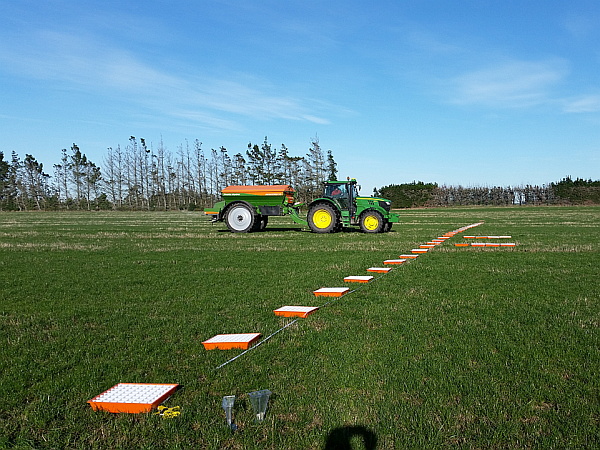After identifying areas within paddocks that had yields limited by different probably causes, we conceived the idea of Management Action Zones (MAZs).

Some areas showed that yield was limited by plant number: establishment was poor. Others had the expected population, but low biomass: the plants were small due to some other limiting factor.
If we can identify zones easily, and determine the causes, we should be able to target a management response accordingly. So for this season, we set out a revised research aim.
What we want to know:
- Can we successfully determine a management action zone in a field?
Why do we need to know this?
- Develop a tool to increase uniformity and yield outcomes
- Develop a tool to evaluate management practices and crop productivity
If we want to successfully determine a management action zone in a field then there are two main steps to achieve in this year’s work:
- Confirm the relationship between digital data and crop model parameters
- Does the relationship stay constant over time and sites?
- How early in growth can a difference be detected?
- Can the relationship be used to show a growth map across a field?
- Develop an approach to gather information and ways to input and display results, initially using a website approach.
- Can we integrate a plant count and yield information to start developing a management action zone?
- How should this be put together in a way growers can start to use to gather information about their crops?
At the MicroFarm, we established six research zones based on paddock history and excessive wetness at establishment.
We have three paddock histories: two years of onion production with autumn cover crops of Caliente mustard, two years of onion production with autumn cover crops of oats, and no previous onion crops planted after previous summer sweetcorn and autumn sown rye grass. In each of these areas, we deliberately created sub-zones by applying about 45mm of spray irrigation as a “large rain event”.

The impact of the artificial rainstorm is evident on images taken at the end of November.


 The Precision Agriculture Association NZ is presenting workshops focused on technologies available to help reduce nitrogen leaching. There are two North Island workshops being offered at:
The Precision Agriculture Association NZ is presenting workshops focused on technologies available to help reduce nitrogen leaching. There are two North Island workshops being offered at:



 Tray layout for a spreader pattern test
Tray layout for a spreader pattern test
 Modern farming systems are 70 years old. They have been very successful at meeting their key aim; maximising food production. However, society is asking farmers to take on new aims including providing ecosystem services to protect and enhance the environment.
Modern farming systems are 70 years old. They have been very successful at meeting their key aim; maximising food production. However, society is asking farmers to take on new aims including providing ecosystem services to protect and enhance the environment. Dr Charles Merfield is the founding head of the BHU Future Farming Centre which focuses on ‘old school’ agri/horticultural science and extension.
Dr Charles Merfield is the founding head of the BHU Future Farming Centre which focuses on ‘old school’ agri/horticultural science and extension.



